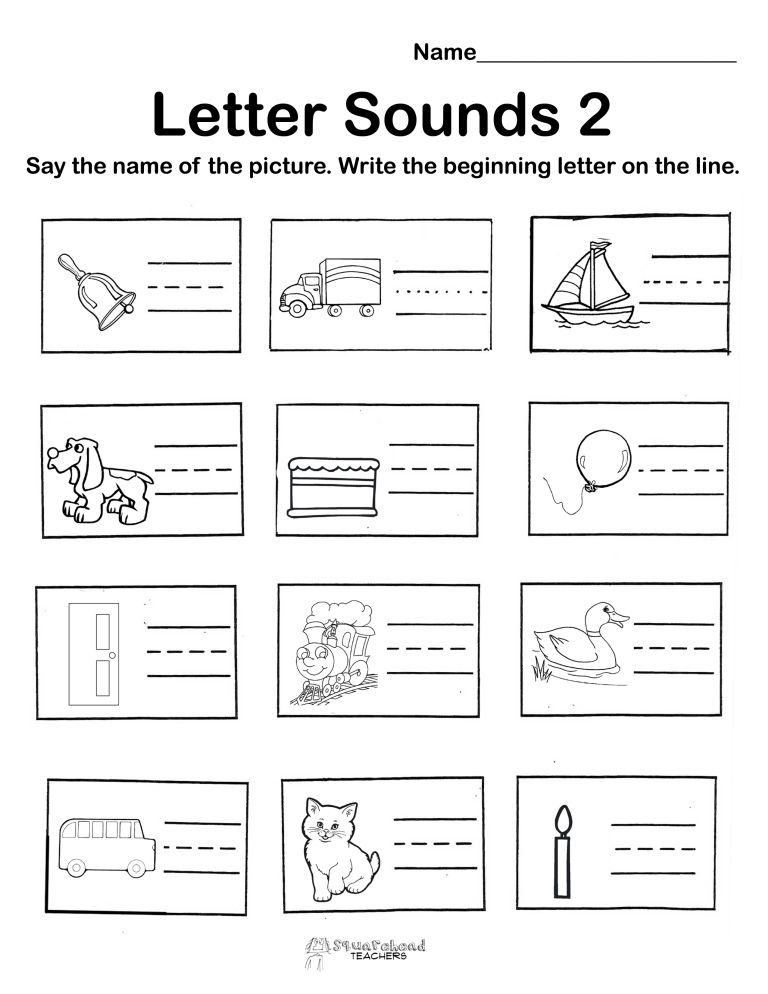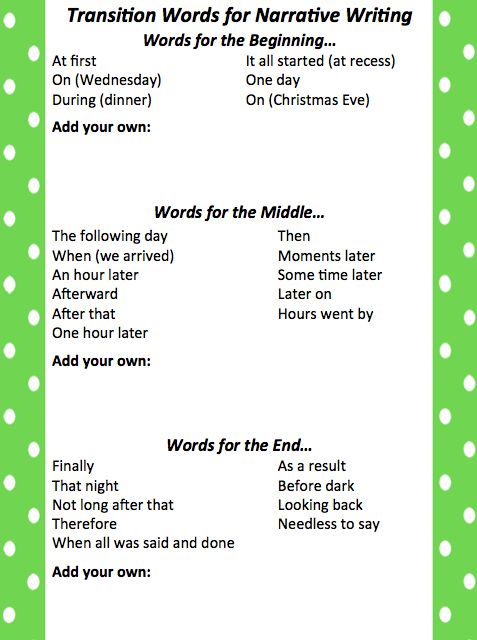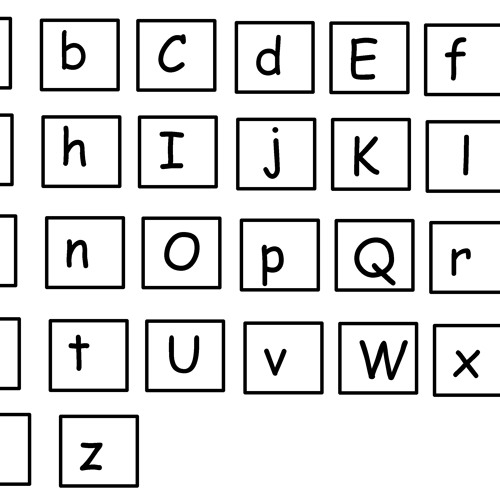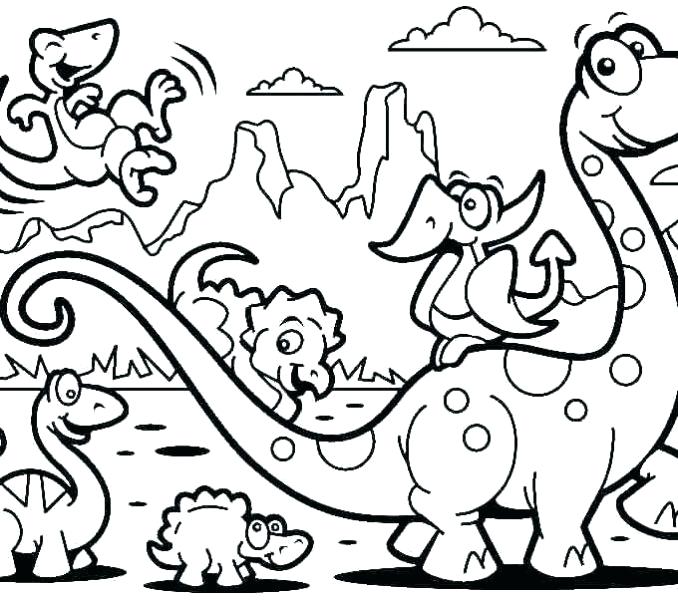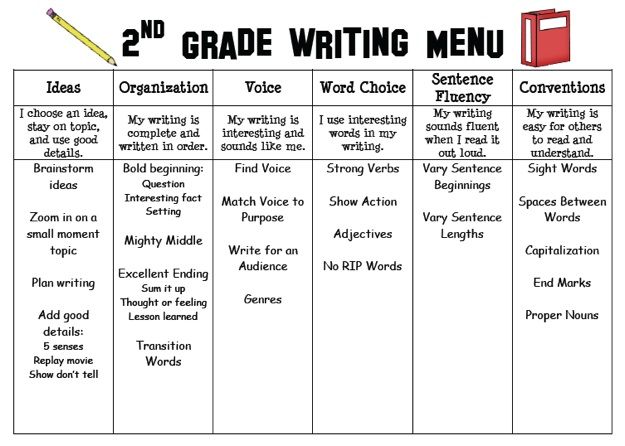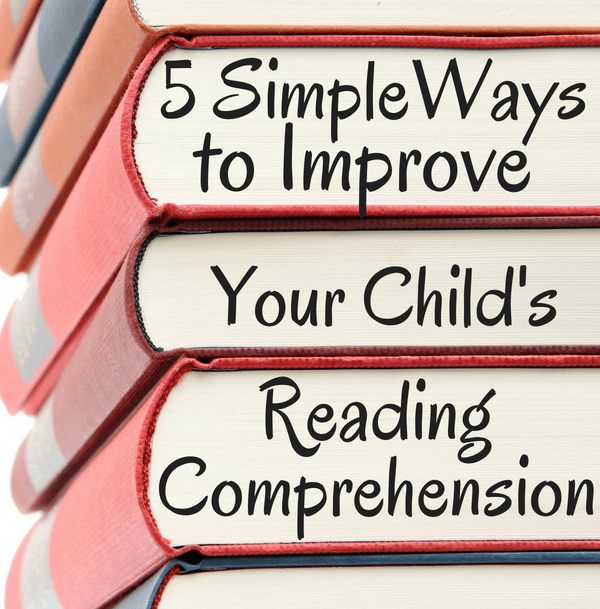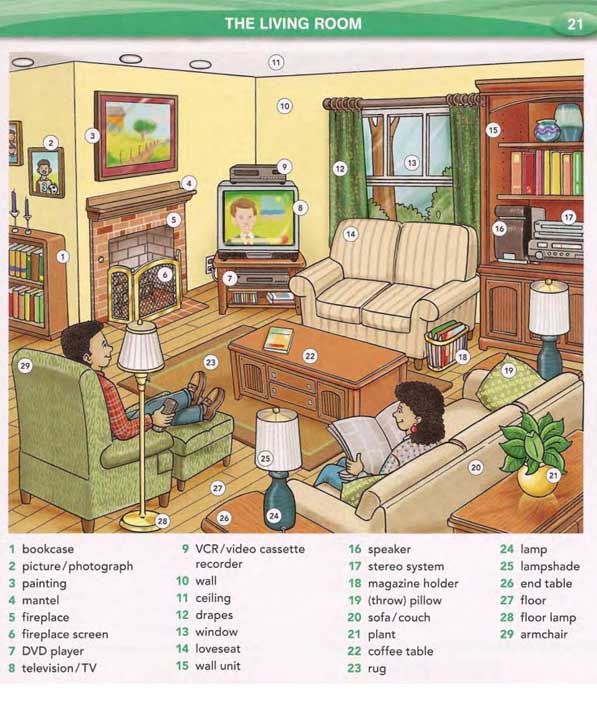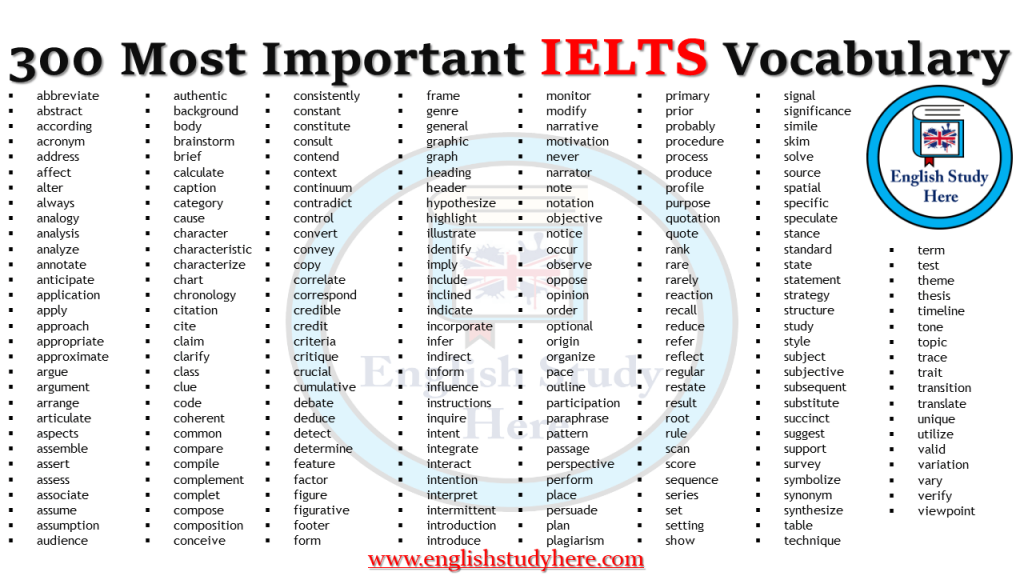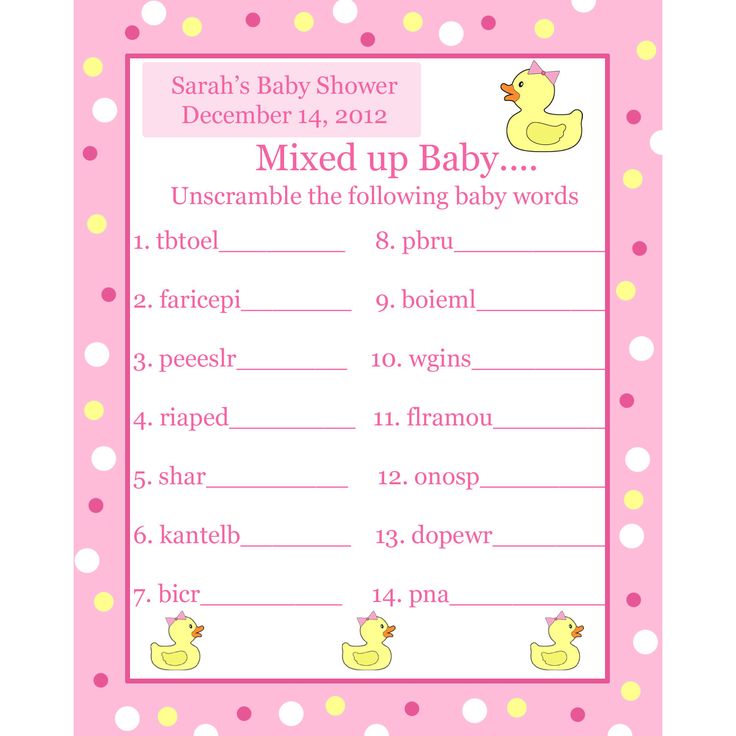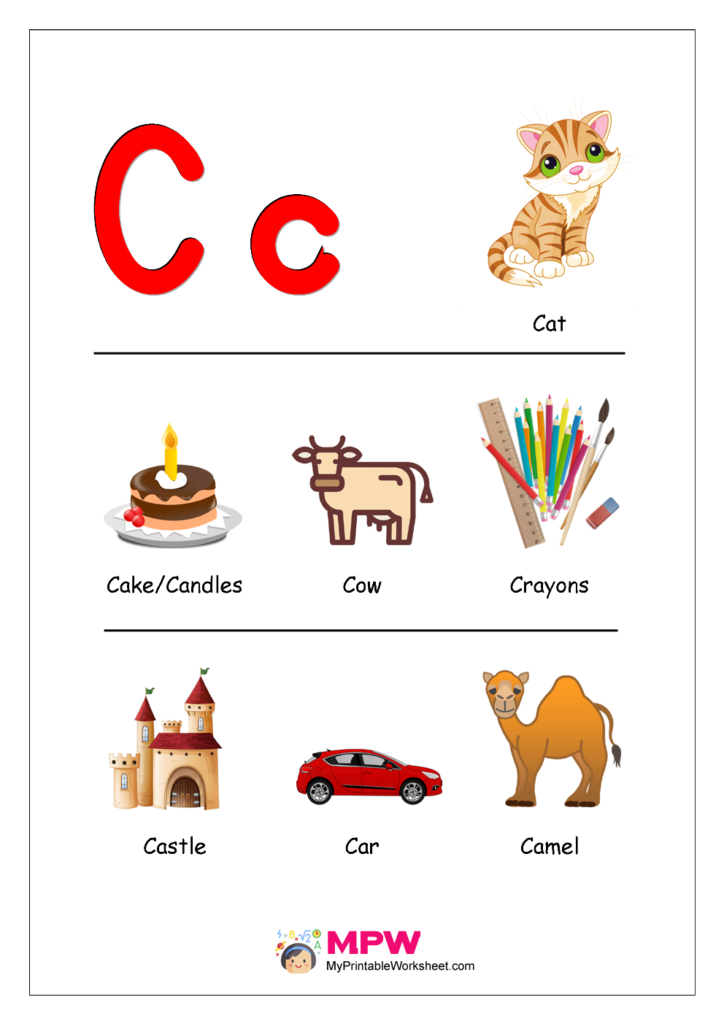How to write letter sounds
Letter Sounds: How to Teach the Alphabet
Leave a Comment
- Share
- Tweet
Learning the alphabet typically occurs in steps, beginning with knowing the letter names. It typically begins with learning the ABC song, followed by identifying upper- and lower-case letters as well as different print styles (“a” and “g”). Lastly, a child must learn that each letter represents a sound.
Letter-Sounds
A child must learn each letter’s most common sound first. The table below contains each letter’s common sound as well as an example. If you click on the image above, you will get a PDF file containing alphabet flashcards.
| Letter | Sounds | Example | Letter | Sounds | Example |
|---|---|---|---|---|---|
| A | /a/ | apple | B | /b/ | book |
| C | /k/ | cat | D | /d/ | dog |
| E | /e/ | egg | F | /f/ | fish |
| G | /g/ | goat | H | /h/ | hat |
| I | /i/ | igloo | J | /j/ | jump |
| K | /k/ | kite | L | /l/ | love |
| M | /m/ | mouse | N | /n/ | nail |
| O | /o/ | octopus | P | /p/ | pig |
| Q | /kw/ | queen | R | /r/ | rabbit |
| S | /s/ | sun | T | /t/ | tiger |
| U | /u/ | up | V | /v/ | van |
| W | /w/ | win | X | /ks/ | fox |
| Y | /y/ | yarn | Z | /z/ | zebra |
Both of my children learned each letters common sound using alphabet flashcards and a DVD – Leap Frog: Letter Factory
. There are many free apps and computer games that also help a child learn the letter sounds.
How to Teach the Alphabet
Educators recommend introducing the “easy” consonants first (high frequency & contrast) and then the short vowels. As noted in the table below, some sounds are more prevalent than others.
| Frequency | Consonant Sounds |
|---|---|
| Very Common (28% – 53%) | R, T, N, L & S -/s/ |
| Common (14% – 27%) | D, C-/k/, M, P & B |
| Less Common (3% – 9%) | F, V, G – /g/, H, J, K & W |
| Rare (Less than 2%) | Z, X-/ks/, Q-/qu/, and Y |
Some educators recommend introducing a few consonants and a short vowel so simple words can be formed. If you introduced the letters a, m, s and t, you could form words, e.g., am, as, at, sat & mat. This approach can form more words than if you introduce the letters in alphabetical order.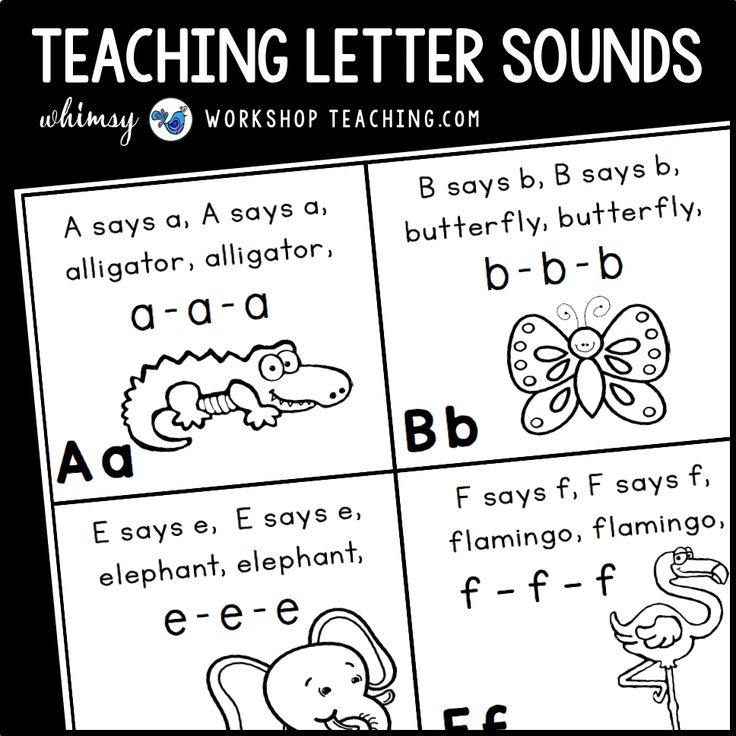
When selecting a few consonants, do not group confusing letters together, e.g., b/p, d/q, b/d, p/q, m/w & u/n. The following consonants are considered easy consonants (high frequency/contrast): T, N, R, M, D, S, L, C, P, B, F & V.
Related Articles
- Alphabet Coloring Pages
- Alphabet Activities
- Alphabet Worksheets
- How to Learn the Alphabet
- How to Write Your Name
Sources:
Fry, E.B., Ph.D. & Kress, J.E., Ed.D. (2006).
The Reading Teacher’s Book of Lists 5th Edition. San Francisco, CA: Jossey Bass.
Rath, L.K., Ed.D & Kennedy, L. (2004). The Between the Lions Book for Parents. New York, NY: Harper Collins.
Vaugh, S & Linan-Thompson, S (2004). Research-Based Methods of Reading Instruction. Alexandria, VA: ASCD.
Reader Interactions
5 Fun And Easy Tips
Letter sounds are one of the very first things your child will encounter when they begin to explore reading.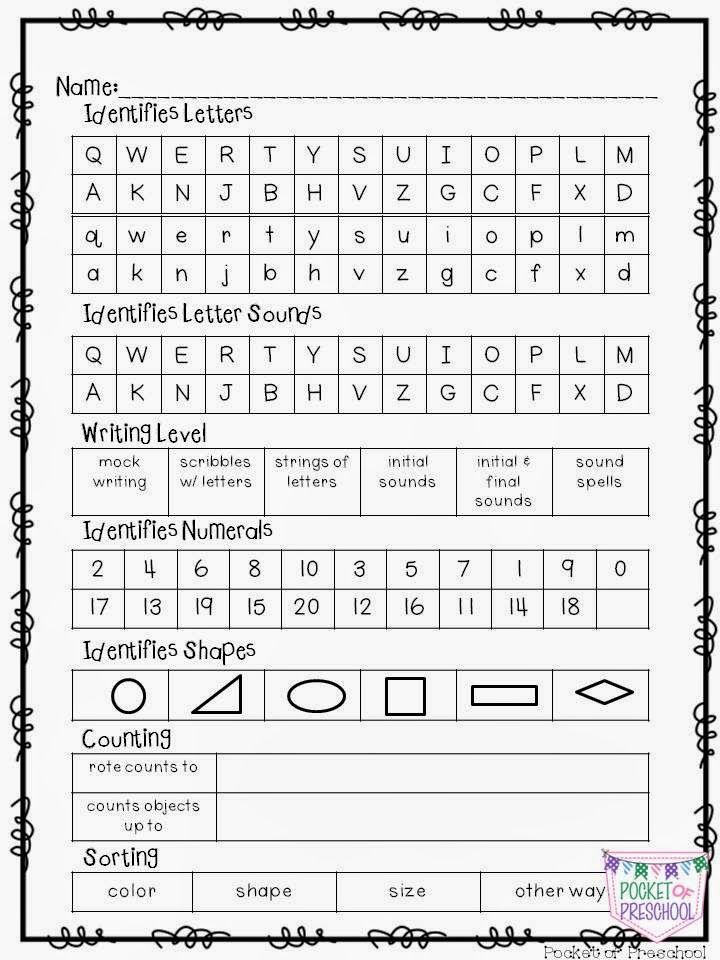
By recognizing the phonetic sounds that alphabetic letters make, your child will take their first big step toward associating words with their individual sounds, an essential tool for, when the time is right, sounding out words.
Most new readers start from the same place — by learning their letters! And no matter where your child is on their reading journey, working with them on their letter sounds is a great way to help strengthen their fundamental skills.
Here are five fun and effective tips for working on letter sounds with your child.
5 Fun And Easy Ways To Teach Letter Sounds
1) Touch And Feel Letters
Humans are tactile creatures, and we depend on touch to tell us a lot about the world around us. This is especially true of kids when they’re learning!
Although most traditional reading curriculums focus on auditory and visual cues for letters and their sounds, touch can be helpful, too. We have five senses, after all, so we might as well take advantage of them!
As opposed to relying solely on how a letter looks when it’s written (and flat), adding in a physical sensory element can help your child build a stronger connection to the letter sound they’re trying to learn.
Doing this engages an extra part of their brain while they learn. Not only will they know what the letter looks and sounds like but also what it “feels” like. Associating the “feel” of a letter with its pronunciation may help them gain a better understanding of letter sounds more quickly.
There are plenty of options for exploring reading through your child’s sense of touch. The best part? Your child will get to do one of their favorite things — make a mess! Letting them get messy with letters provides a great incentive to learn.
If you’d like to try this tactile learning style, you can get started by grabbing a few blank pieces of paper. Using a thick, dark marker, write out the letters you want your child to work on.
Then, you can simply grab whatever you have around the house that is malleable enough to form into letters. PlayDoh or kinetic sand are both great options.
We recommend saying the associated letter sound as your child looks at and forms the written letter with the PlayDoh or kinetic sand.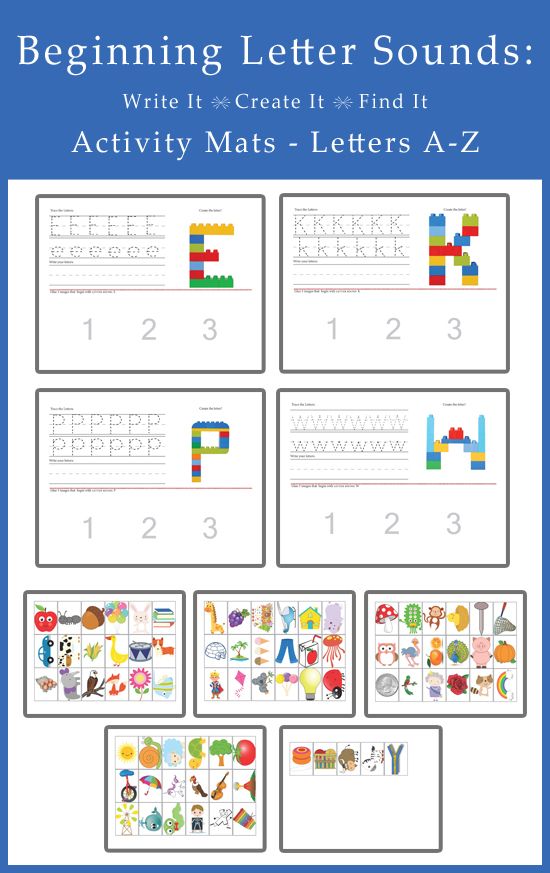 You can also encourage them to shape their material over the outlined letter on the page if they need some extra guidance.
You can also encourage them to shape their material over the outlined letter on the page if they need some extra guidance.
Feel free to also brainstorm words with them that share the letter sound they’re practicing. This could help them make even more connections to the letter and its sound!
If you don’t mind a little extra clean up, shaving cream can also be a great option! Simply spread out the shaving cream on a flat surface. Trace out the letter for them in the shaving cream, then ask them to do the same while you repeat the letter sound.
2) Connect Letter Sounds To Familiar Symbols
Letters and their sounds might be unfamiliar to your child. By making a connection between letter sounds and items or symbols your child might already be familiar with, you can help bridge the gap between what they don’t know yet and what they do!
Utilizing things that your child already knows and loves may encourage them to get more engaged with learning their letter sounds.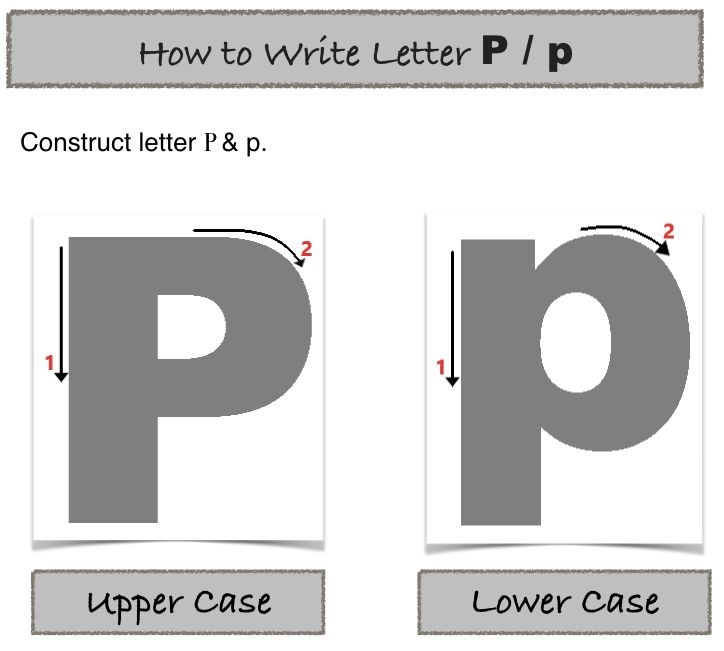 Familiar ideas will also make them feel more confident and comfortable while learning.
Familiar ideas will also make them feel more confident and comfortable while learning.
For example, if you want to start with the letter “T,” consider printing out pictures of things that start with “T” that your child loves, such as trucks and tigers. Let your child choose which pictures to use, and then help them create their very own alphabet book with those images!
Working with your child to construct their personal letter-sound alphabet — a mixture of the specific picture you want them to learn to associate with a particular letter sound — is an easy and fun craft project that will pay off in the long run.
The more personalized you can make the learning process the more fun your young learner will have!
Familiarity can also help your child beyond simply learning the letter sound: it helps them build confidence! The more your child feels like they understand and know what they’re reading, the more likely they’ll be to develop an enthusiasm for learning.
3) Repetition, Repetition, Repetition
This technique focuses on repetition, which is great for getting your child familiar with their letter sounds.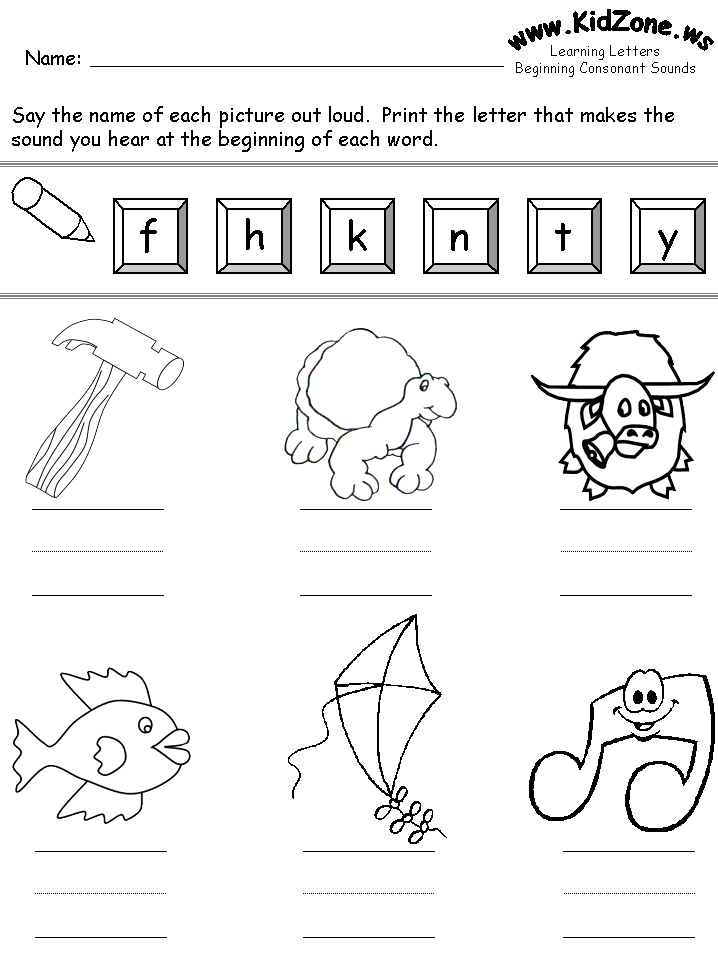 By consistently repeating the same letter sounds to them, you can help your child more easily pick up on them.
By consistently repeating the same letter sounds to them, you can help your child more easily pick up on them.
A great idea might be to focus on introducing your child to one letter sound at a time. You could make a “letter of the week” jar for your child. Place an empty jar on your counter labeled with the letter sound for the week.
Every time your child points out a word they’ve heard that starts with the letter sound of the week, they earn a “ticket” or “point” in the letter sound jar (you could also use stickers on a poster if you don’t have a jar handy).
Challenge your child to gain three or four points (or more!) during the day. You’ll want the jar to be somewhere your child sees it often — maybe in the kitchen so you can prompt your learner to think of a word while you’re making dinner or washing dishes!
They don’t have to rely on only the things they hear or see in real life, especially when it comes to those trickier letter sounds (like x, q, or z). Consider using some of your daily reading time to flip through magazines or books and point out the letter sound whenever you come across it.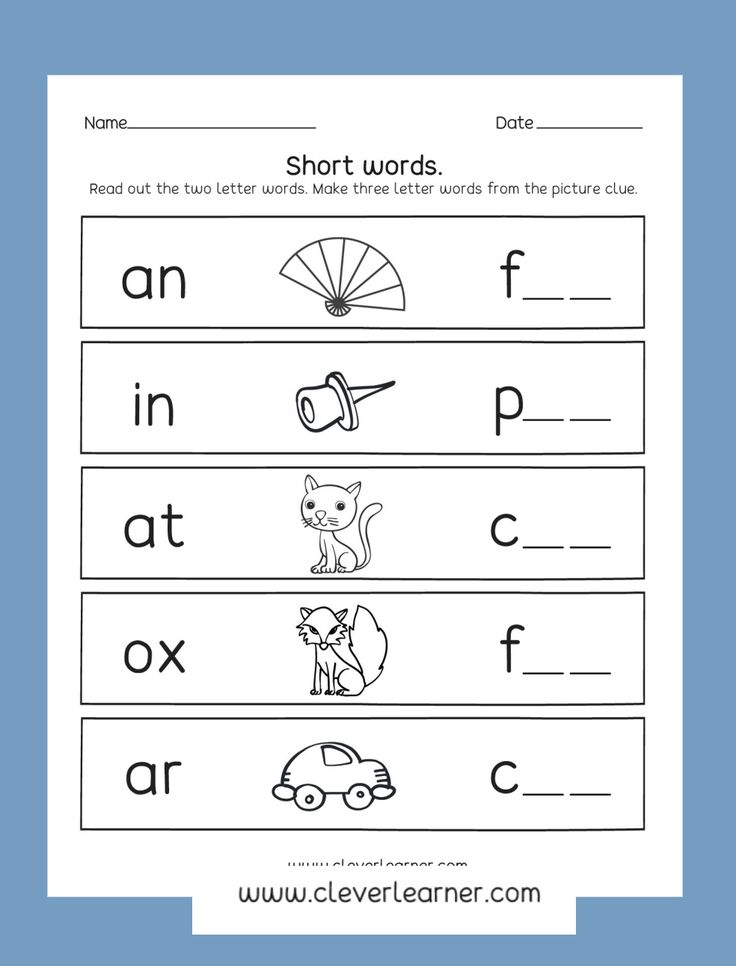
Emphasizing repetition this way really gives your child the chance to focus intensely on a single letter and explore the primary sound it represents!
Giving them ample amounts of time, practice, and exposure to one sound at a time may help them with their learning longevity.
4) Digital Letters In The 21st Century
Technology is a huge new factor in modern-day learning. Not only do children learn how to read and write texts, but now they also have to learn how to use a keyboard at a very young age.
While too much media time can be bad for your child, there are ways to be mindful about media consumption and incorporate media into their letter-sound learning. Especially for busy families, media can be a really useful asset to add to your parenting tool belt.
If you’re looking for a safe, personalized, and reliable place for your child to work on their reading and letter-sound skills, our online learning center has tons of playful games and exercises!
Your child can also use a simple keyboard to engage their letter-sound skills.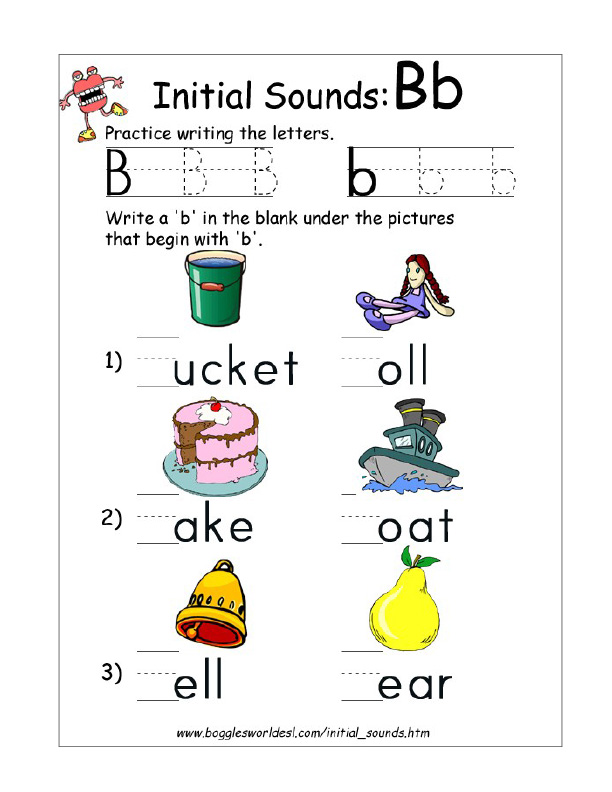 For this activity, you can call out the sound of a letter and ask your child to hit or point to the letter it matches on a keyboard.
For this activity, you can call out the sound of a letter and ask your child to hit or point to the letter it matches on a keyboard.
This exercise is easy and versatile, as you can use any keyboard you have around — on your phone, your computer, or a device designed for kids. And your child will probably love pretending to be a grown-up just like you!
5) Bingo
Classics are classics for a reason. And Bingo is a time-tested, kid-approved game!
If you’d like to take a shot at this activity, draw or print out a Bingo sheet that has pictures of things your child is familiar with (remember tip #2!). We recommend sticking to things they see daily, like apples (for the “a” letter sound), bikes (for the “b” letter sound), and so on.
To play, call out a letter sound and instruct your child to mark off the picture that begins with the same sound. If your child has siblings or neighborhood friends, consider inviting them to play along (it makes for a great virtual game, too).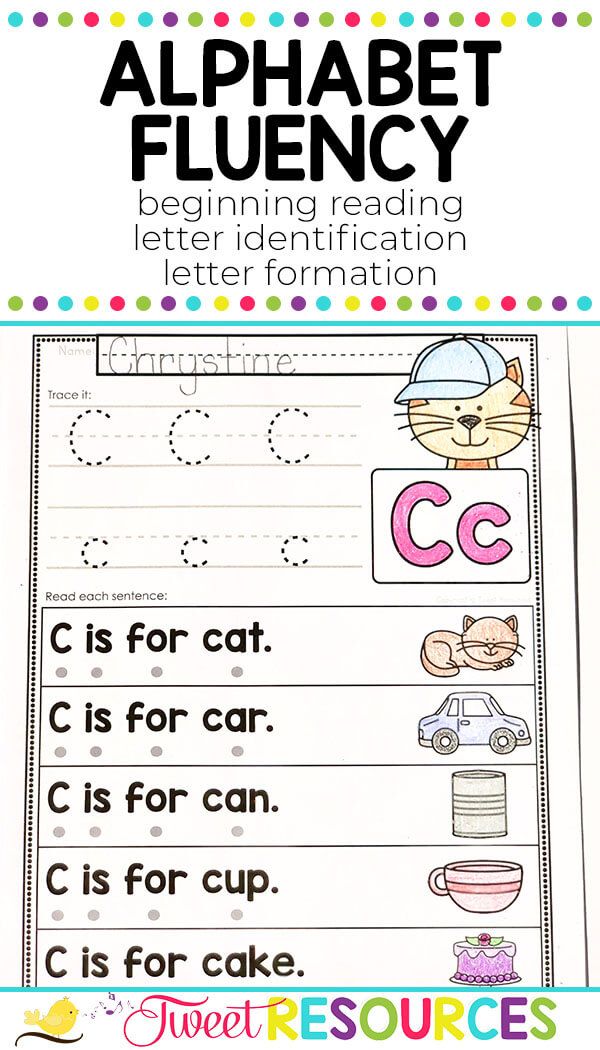
The first to make it to bingo wins!
Making Letter Sounds Fun And Functional
We hope these tips were helpful and gave you some creative ideas for how to get your child engaged with letter sounds (while having a blast along the way!).
We always want to leave you with a reminder that on the journey toward helping your child become a confident, enthusiastic reader, it may take some time to discover what learning strategies are the perfect fit for them. That’s OK!
If you ever need a little extra help or want to switch up your child’s learning routine, our learning center is always open and full of engaging and effective exercises for your emerging reader!
Author
How to do sound-letter parsing of a word?
Sound-letter analysis of a word is a characteristic of the sound and letter composition of a word. To fulfill it, transcription is written - an exact recording of the sound composition of the word.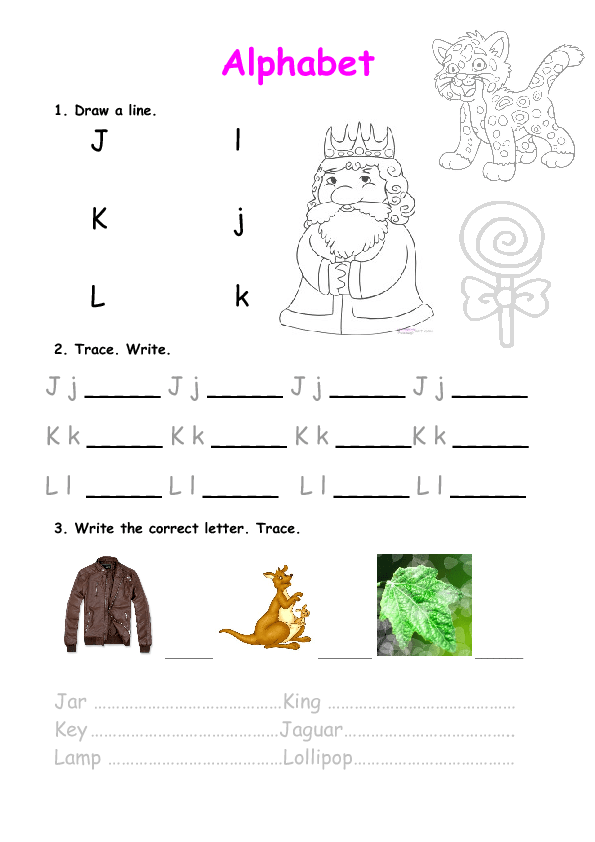
Sound-letter (phonetic) analysis of a word is necessary for the conscious mastery of the Russian language, the correct spelling of words, especially in cases where words contain unstressed vowels, unpronounceable consonants, letters denoting two sounds, letters denoting sounds, etc.
Definition
Sound-letter analysis is an analysis of the sound composition of a word and its letter representation in writing.
Phonetic analysis is performed in several stages. Sound-letter analysis involves dividing a word into syllables in accordance with the number of vowels, placing stress, recording the sound of a word. Then a phonetic analysis of each sound is carried out. Phonetic analysis is completed by counting the number of letters and sounds.
Letters and sounds
In order to correctly perform sound-letter parsing of a word, we will learn to distinguish between what we see on paper letters , and when we pronounce the word, we hear sounds .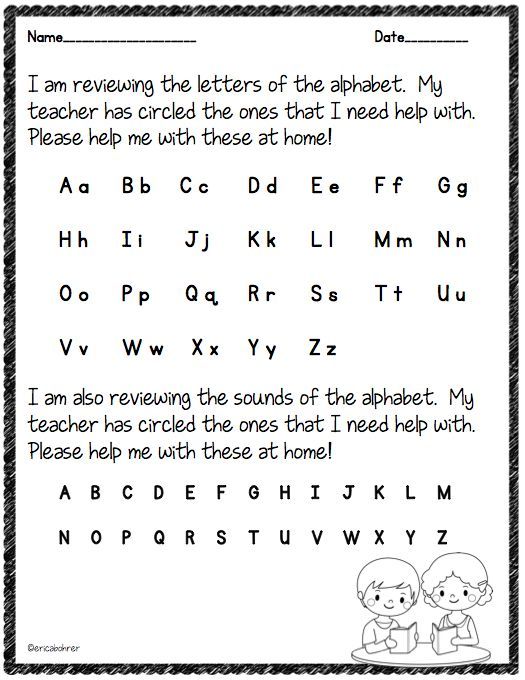 Letters are graphic signs that can be used to represent the sounds of speech.
Letters are graphic signs that can be used to represent the sounds of speech.
The Russian language distinguishes between vowels and consonants.
Vowels and sounds
Vowel sounds are produced by the free passage of air from the mouth. They consist only of voice. There are 9 in Russian0007
6 vowels: [a], [o], [y], [e], [i], [s]
and
10 vowels: a, o, u, e, i, s, i, e, e, u, i
The vowels [a], [o], [u], [e], [s] sound after solid consonants, and the letters “i”, “e”, “ e", "yu" , "i" and "b" indicate that the previous consonant is soft. This phonetic softness is indicated by a special icon - an apostrophe:
- flax [l 'on]
- radish [r 'and d' and s]
- salt [s o l’]
To perform sound-letter analysis, the word should be stressed.
Under stress, vowels sound distinct, but without stress they are distorted:
Ex.
Example
wall [s t' and n a], mountain ash [r' and b' and n a]
Each vowel alone or in combination with one or more consonants forms a phonetic syllable:
- bo-lo-to
- kra-so-ta
- u-di-vi-tel-ny
- li-ni-ya
Consonant letters and sounds
There are 36 consonant sounds in Russian speech. When they are pronounced, the exhaled air rubs against the lips, tongue and cheeks, resulting in noise.
Always voiced consonants [l], [m], [n], [r] are pronounced with the voice and minimal noise.
If consonants are pronounced with a greater share of voice and noise, then voiced consonants are formed:
[b], [c], [d], [d], [g], [h] deaf consonant, which is pronounced with more noise than voices:
- [b] - [p];
- [v] - [f];
- [g] - [k];
- [d] - [t];
- [w] - [w];
- [h] - [s].
The letters “x”, “c”, “ch”, “u” denote voiceless consonants [x], [c], [h’], [u’], which do not have paired voiced consonants.
Consonants are hard and soft:
[b] - [b'], [c] - [c'], [g] - [g'], [d] - [e'], [h] - [s '], [k] - [k '], [l] - [l '], [m] - [m '], [n] - [n '], [n] - [n '] , [p] - [p '], [s] - [s '], [t] - [t '], [f] - [f '], [x] - [x ']
Performing sound- letter analysis, we take into account that the letters "y" , "h" and "u" always denote soft sounds [y '], [h'], [u'],
a letters "g" , "sh" , "c" - solid sounds [g], [w], [c].
How to learn how to make sound-letter parsing
In order to learn how to make sound-letter parsing of a word, it is important to understand that often the spelling of a word and its sound do not match. A word can have:
- the same number of sounds;
- more sounds than letters;
- there are more letters than sounds.
Examples
- sky [n'e b a] - 4 letters, 4 sounds
- label [y 'arlak] - 5 letters, 6 sounds '] - 6 letters, 5 sounds
When recording the sound composition of a word, it should be taken into account that the letters "e", "ё", "yu", "ya" can denote two sounds in the following positions in the word:
1.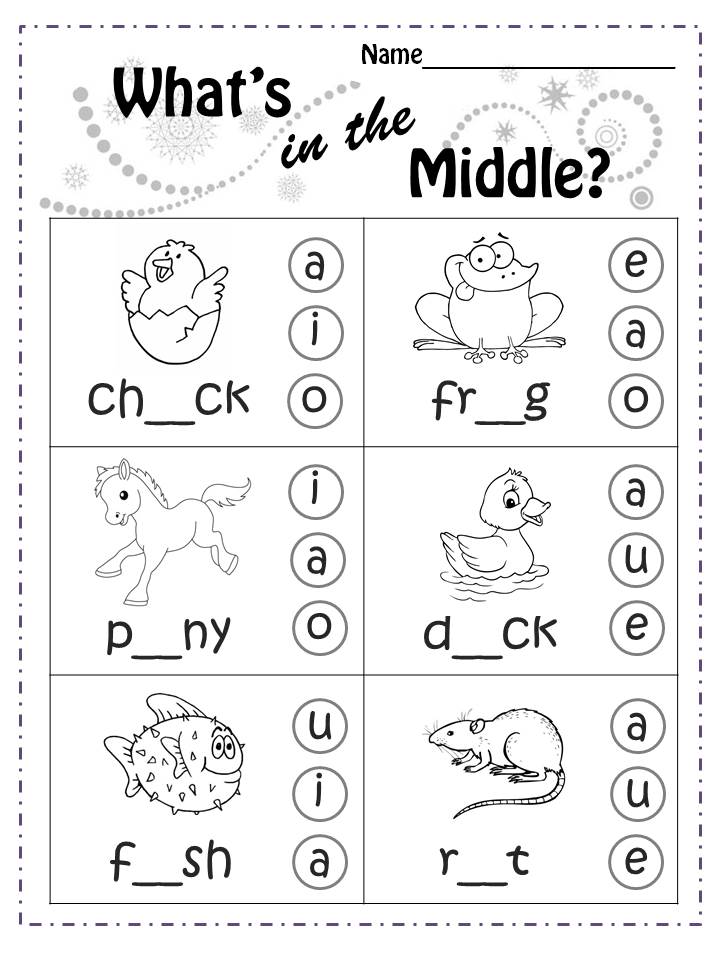 at the beginning of a word:
at the beginning of a word:
- caustic [y' e t k'i y ']
- capacious [y' o m k' and y ']
- young [y' u n y y ']
- nursery [y' a s 'l'and]
2. after other vowels:
- ride [pai 'e z'd'i t']
- sing [pai 'o m] 9005 [1 cabin k a y y t a]
- beacon [m a y 'a k]
] As you can see, there are always more sounds in such words than lit. After the consonant sounds, the letters "e", "ё", "yu", "ya" denote their softness: l' y k] When writing down the sound of a word, it should be taken into account that in Russian there is a phonetic process of stunning voiced consonants that are before a voiceless consonant and at the end of a word, and, conversely, voiceless consonants are voiced before a voiced consonant , except for "l", "m", "n", "r", "c", "th" : spoon [lo sh k a], knight [v 'and t'a s'], glare [o d b l 'and s k] lubrication [with mask], shot [drop '], shift [rear 'and n u t '] all [f s' e], pond [pr u t], station [v a g za l] In words with the letter combination "zzh" , a long soft sound is heard [zh']: In words that have "ь" , which indicates the softness of the previous consonant sound or is a morphological sign indicating that the word belongs to the feminine gender, we count more letters and fewer sounds: Soft consonants can soften the preceding consonant. Let's listen to how the words sound: Image source: fedsp.com To perform sound-letter analysis, we write down the word and put the stress in it. Let's break it down into phonetic syllables. Taking into account all the phonetic changes in the word, we write down the letters and the corresponding sounds of the word in square brackets vertically. Let's give a phonetic description of each sound. For example, let's perform a phonetic analysis of the word "Christmas tree" : Christmas tree [y' o la h' ny y '] ё-lo-chny - 3 syllables. The first syllable is stressed. The word "Christmas tree" has 7 letters, 8 sounds. Supplementary material If you have any difficulties in conducting a sound-letter (phonetic) analysis of a word, you can always check yourself on the site phoneticonline.ru. To consolidate the material, watch the video on the topic of the lesson. Contents: Sounds belong to the phonetics section. The study of sounds is included in any school curriculum in the Russian language. Acquaintance with sounds and their main characteristics occurs in the lower grades. A more detailed study of sounds with complex examples and nuances takes place in middle and high school. This page provides only basic knowledge of the sounds of the Russian language in a compressed form. If you need to study the device of the speech apparatus, the tonality of sounds, articulation, acoustic components and other aspects that are beyond the scope of the modern school curriculum, refer to specialized textbooks and textbooks on phonetics. Sound, like words and sentences, is the basic unit of language. However, the sound does not express any meaning, but reflects the sound of the word. Thanks to this, we distinguish words from each other. Words differ in the number of sounds (port - sport, crow - funnel), set of sounds (lemon - estuary, cat - mouse), sequence of sounds (nose - dream, bush - knock) up to a complete mismatch of sounds (boat - boat, forest - park ). In Russian, sounds are divided into vowels and consonants. There are 33 letters and 42 sounds in Russian: 6 vowels, 36 consonants, 2 letters (ь, ъ) do not indicate a sound. The discrepancy in the number of letters and sounds (not counting b and b) is due to the fact that there are 6 sounds for 10 vowels, 36 sounds for 21 consonants (if we take into account all combinations of consonant sounds deaf / voiced, soft / hard). On the letter, the sound is indicated in square brackets. We pronounce sounds while exhaling (only in the case of the interjection "a-a-a", expressing fear, the sound is pronounced while inhaling.). The division of sounds into vowels and consonants is related to how a person pronounces them. Vowel sounds are pronounced by the voice due to the exhaled air passing through the tense vocal cords and freely exiting through the mouth. Consonant sounds consist of noise or a combination of voice and noise due to the fact that the exhaled air meets an obstacle in its path in the form of a bow or teeth. Vowel sounds are pronounced loudly, consonant sounds are muffled. A person is able to sing vowel sounds with his voice (exhaled air), raising or lowering the timbre. Transcription of a word is a recording of sounds in a word, that is, in fact, a record of how the word is pronounced correctly. Sounds are enclosed in square brackets. Compare: a is a letter, [a] is a sound. The softness of consonants is indicated by an apostrophe: p - letter, [p] - hard sound, [p '] - soft sound. Voiced and voiceless consonants are not marked in writing. The transcription of the word is written in square brackets. Examples: door → [dv'er '], thorn → [kal'uch'ka]. Sometimes stress is indicated in transcription - an apostrophe before a vowel stressed sound. There is no clear correspondence between letters and sounds. In the Russian language, there are many cases of substitution of vowel sounds depending on the place of stress of a word, substitution of consonants or dropping out of consonant sounds in certain combinations. In phonetic parsing, words are sometimes drawn with color schemes: letters are painted with different colors depending on what sound they mean. Colors reflect the phonetic characteristics of sounds and help you visualize how a word is pronounced and what sounds it consists of. All vowels (stressed and unstressed) are marked with a red background. Iotated vowels are marked green-red: green means a soft consonant sound [y ‘], red means the vowel following it. Consonants with solid sounds are colored blue. Consonants with soft sounds are colored green. Soft and hard signs are painted in gray or not painted at all.

Phonetic parsing example
Sound letter parsing example
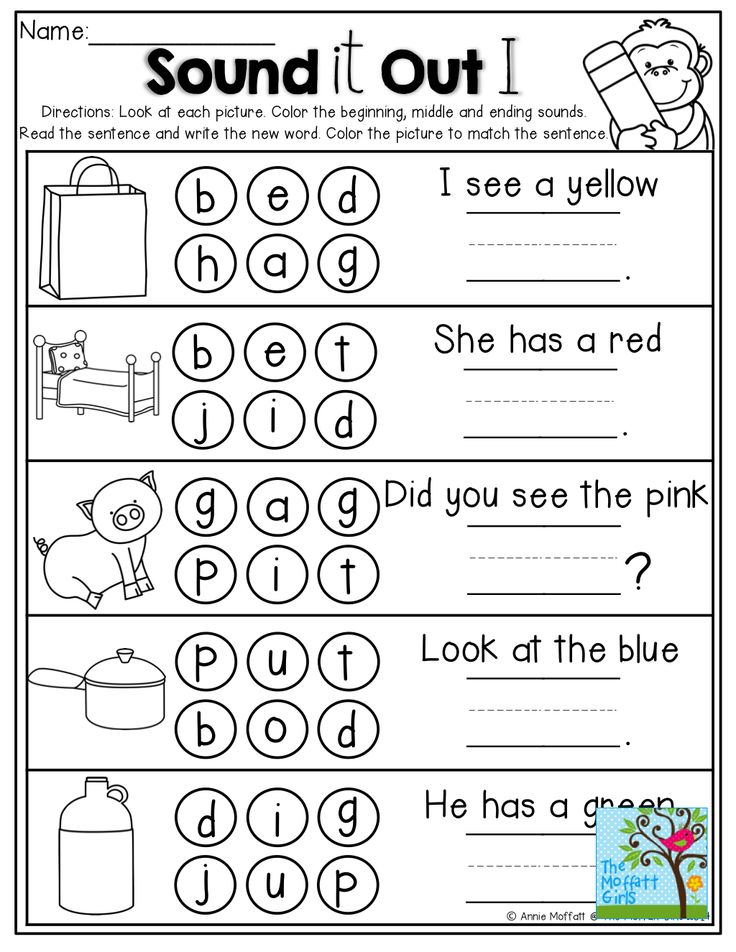
Video "Phonetic analysis of words"
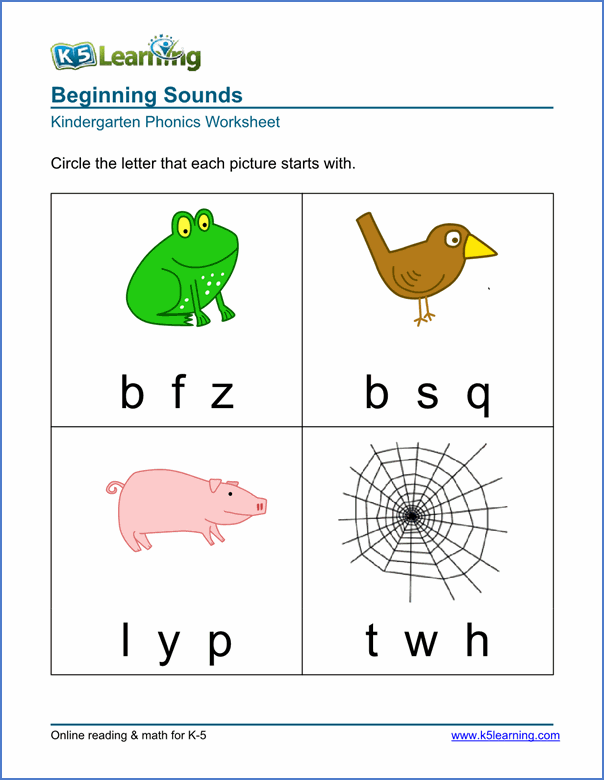
Sounds and letters of the Russian language - scheme, table, transcription
• What is sound?
• What sounds are there?
• How are sounds pronounced?
• Transcription of the word
• Color scheme 
What is sound?
What sounds are there?
There are no sounds: [e], [e], [yu], [i], [b], [b], [g '], [w '], [c '], [th], [h ], [sch].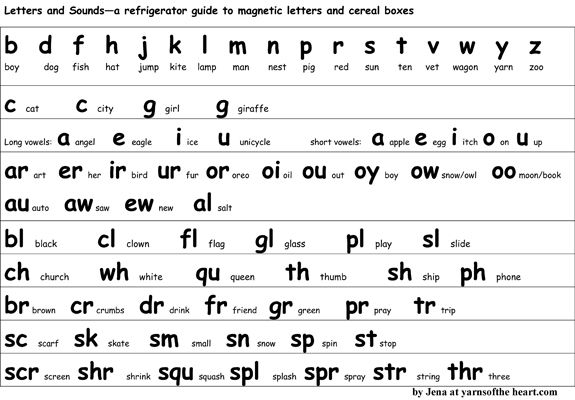
How are sounds pronounced?
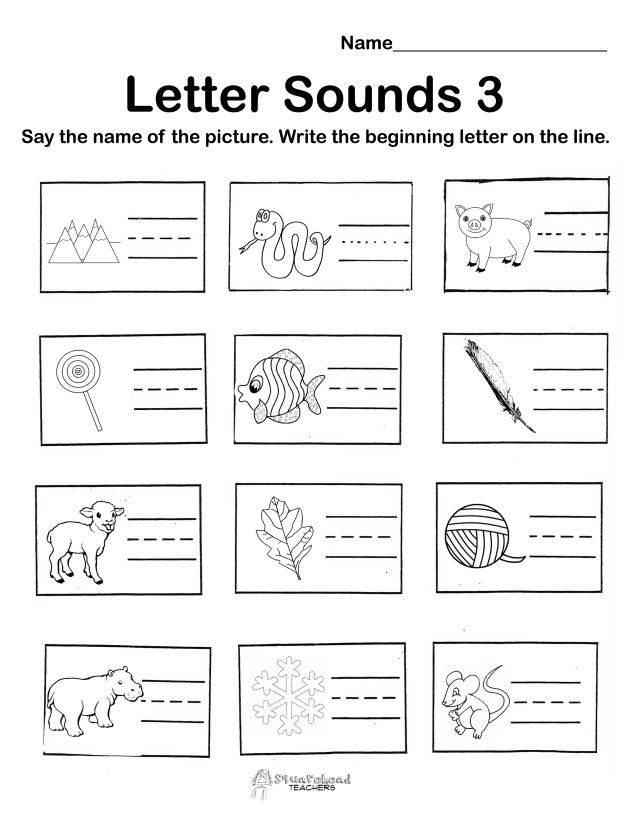 Consonant sounds cannot be sung, they are pronounced equally muffled. Hard and soft signs do not represent sounds. They cannot be pronounced as an independent sound. When pronouncing a word, they affect the consonant in front of them, make it soft or hard.
Consonant sounds cannot be sung, they are pronounced equally muffled. Hard and soft signs do not represent sounds. They cannot be pronounced as an independent sound. When pronouncing a word, they affect the consonant in front of them, make it soft or hard. Transcription of a word
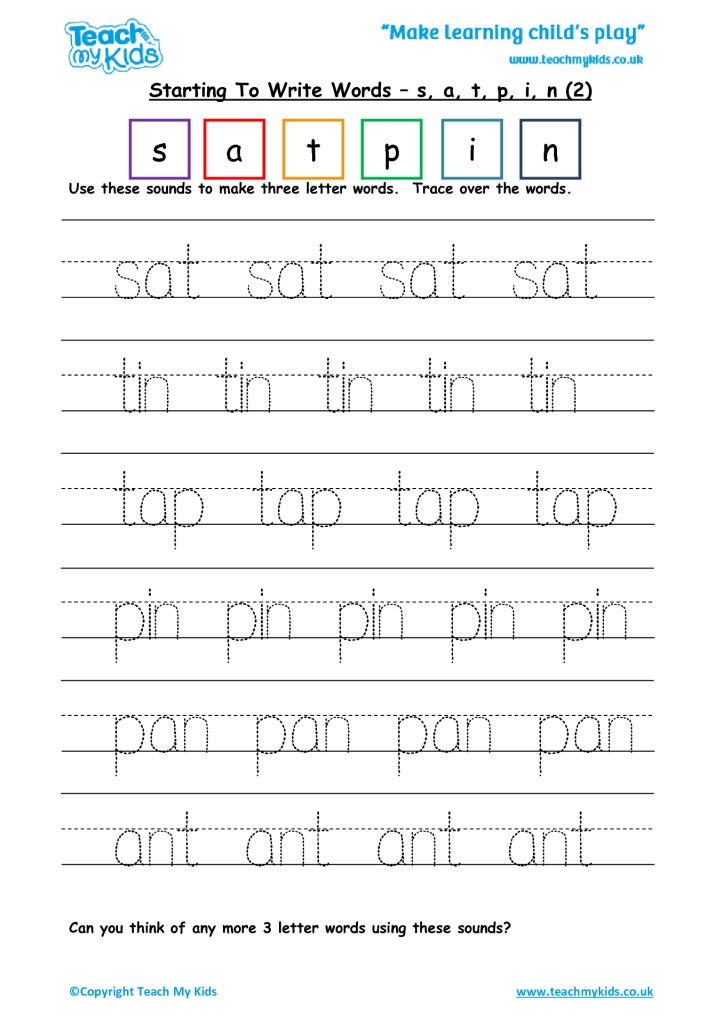 When compiling a transcription of a word, the rules of phonetics are taken into account.
When compiling a transcription of a word, the rules of phonetics are taken into account. Color scheme
- hard consonant, - soft consonant, - soft or hard consonant, - does not mean a sound. Vowels0394 Consistent C ZH zh zh zh С l m n a p a t ch chhh b, b b b. 